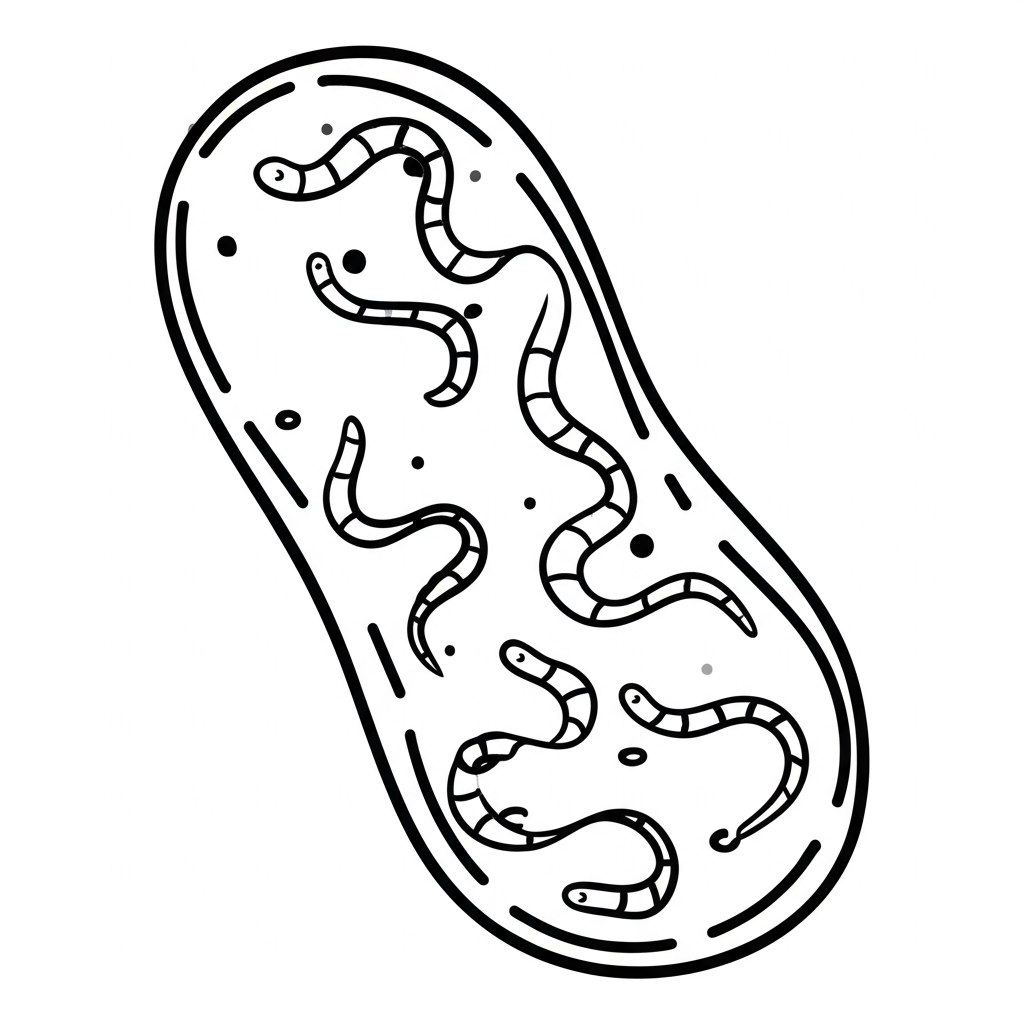Research in the lab
Mitochondria are the products of an ancient symbiosis wherein an archaeal cell engulfed a bacterium, giving rise to the “powerhouse” of the eukaryotic cell. Mutations in mitochondrial genes – encoded by both the nuclear and mitochondrial genomes – underlie common and rare neurodegenerative diseases for which we have no effective therapies.
Our lab’s goal is to discover genetic and environmental suppressors of mitochondrial dysfunction to ultimately rescue mitochondrial disease. In the process we will explore the basic biology of electron transport chains and iron-sulfur clusters. We also aim to understand how mitochondria have specialized across tissues and cell types, with a particular focus on the nervous system.
Amazingly, low oxygen (hypoxia) is able to reverse some forms of mitochondrial dysfunction (1). We showed in C. elegans that animals carrying mutations in complex I of the electron transport chain are rescued by hypoxia (2). Conversely, these mutants are extremely sensitive to high oxygen (hyperoxia). Using forward genetic screens, we identified suppressor mutations that also rescue defects in mitochondrial complex I, shedding light on the mechanism of hypoxia rescue and identifying new genetic pathways with therapeutic potential. A major research aim of the Meisel lab is investigating novel genetic mutations that rescue mitochondrial disease.
We also demonstrated that hypoxia rescues defects in mitochondrial iron-sulfur cluster biosynthesis caused by loss of the gene frataxin (3). Human mutations in frataxin underlie Friedreich’s ataxia, the most common monogenic form of mitochondrial disease. Research in the lab will further investigate the relationship between iron-sulfur clusters and oxygen, as well as characterize genetic suppressors of frataxin loss. These “bypass” mutations may represent possible therapeutic targets for treating Friedreich’s ataxia.
In the course of investigating electron transport chain dysfunction in C. elegans, we discovered that mutations in the nuclear RNA binding proteins CMTR-1 and Serrate activate the expression of a complex I paralog that is normally restricted to a subset of neurons (4). Ongoing work in the Meisel lab will characterize the functional differences between neuronal mitochondria and non-neuronal mitochondria driven by distinct isoforms of the electron transport chain. These studies will illuminate how mitochondria have adapted to particular cell types, with implications for why certain neurons are hypersensitive to mitochondrial dysfunction, such as dopaminergic neurons in the context of Parkinson’s disease.
Image Credit: PNAS Cover, Vol. 107 No. 19

